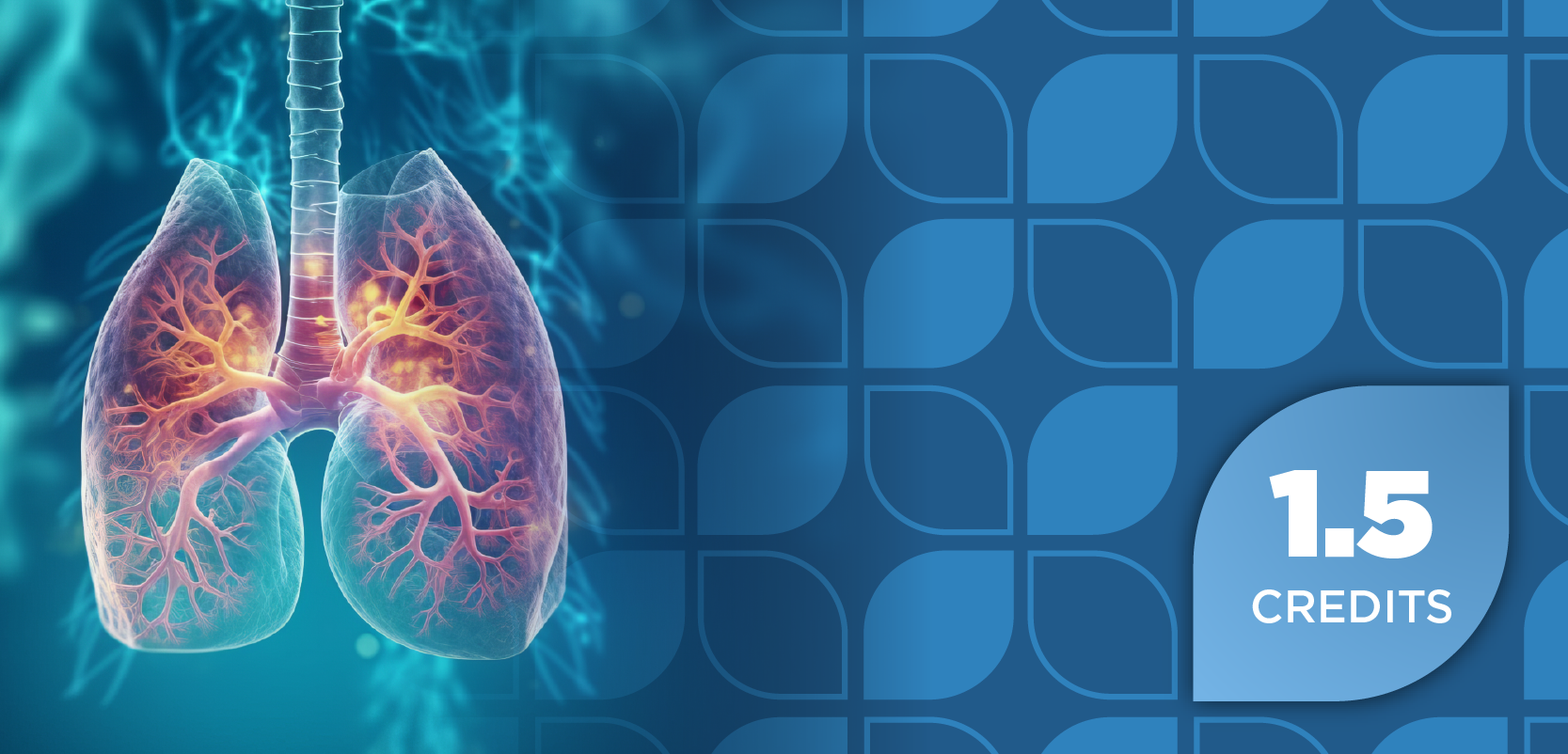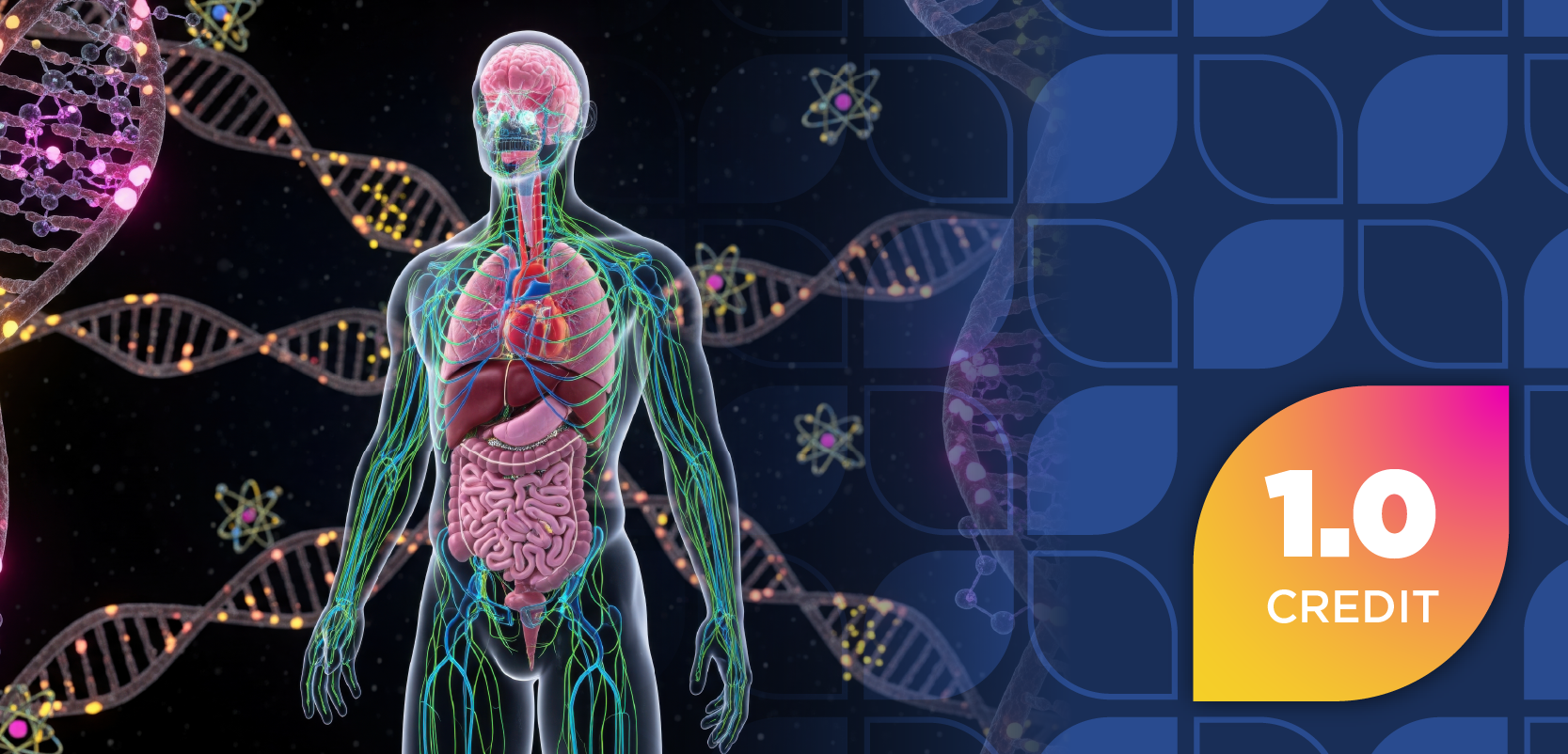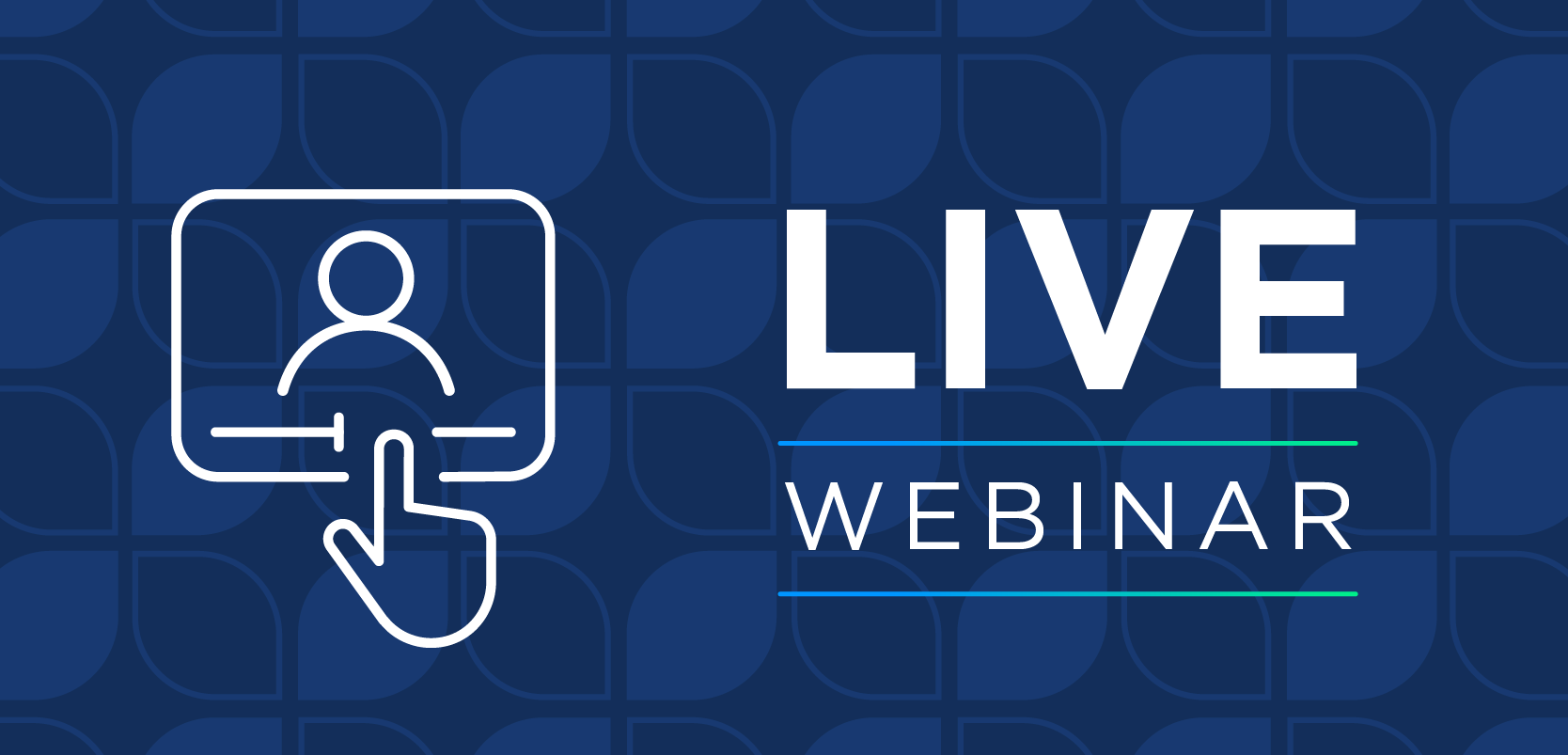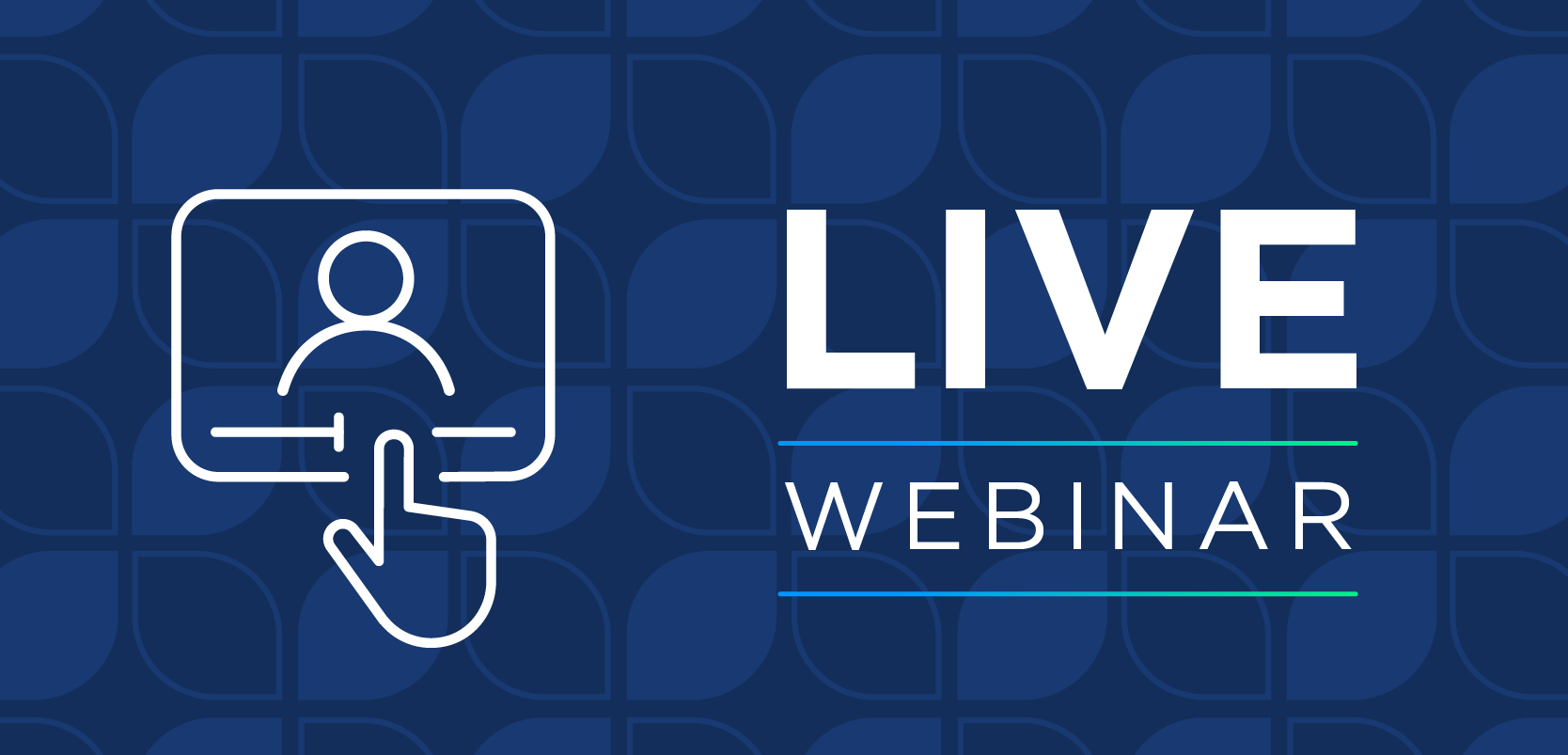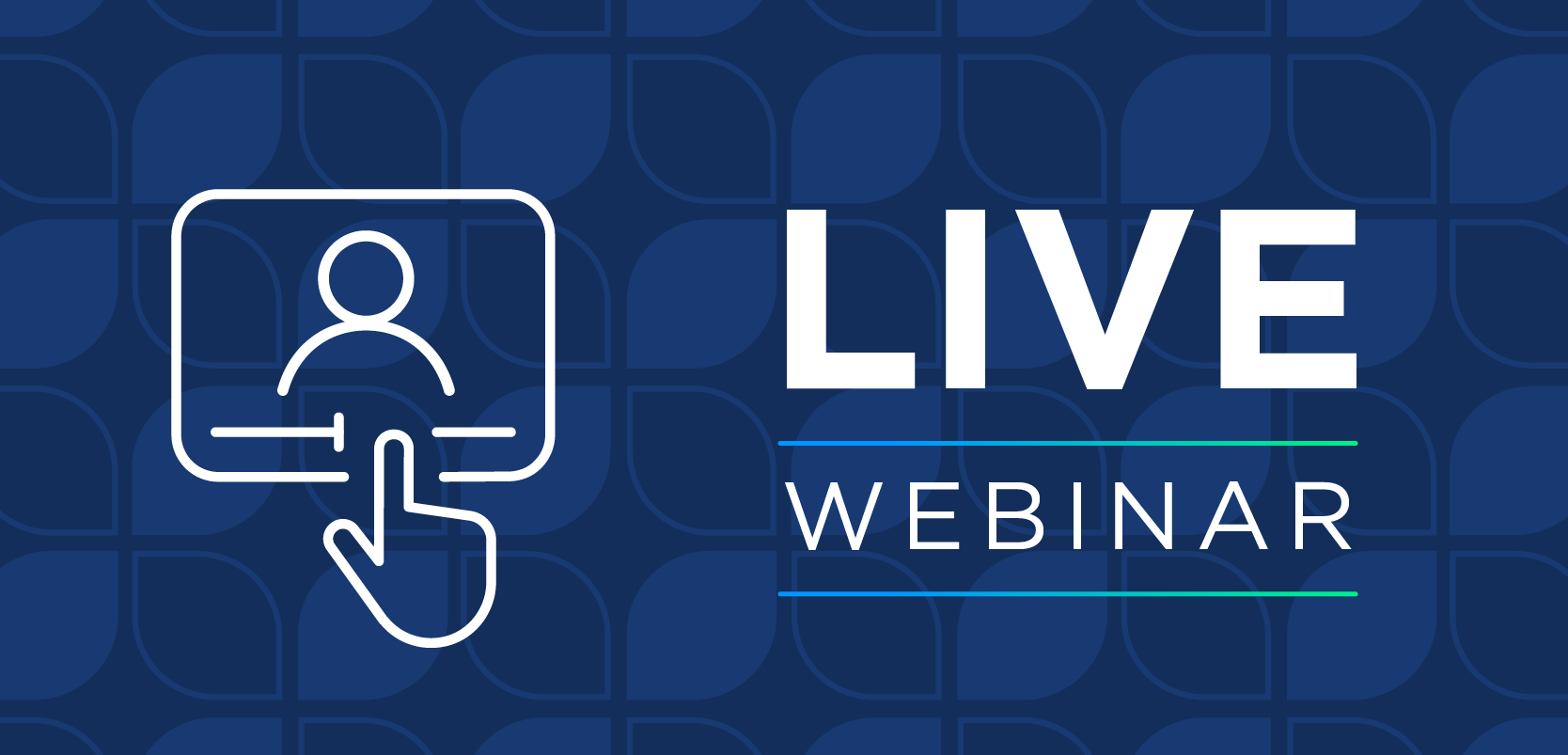
Expanding Access to Effective Hypertension Treatment Through Triple Combination Pills
Discover how triple combination therapy for hypertension enhances cardiovascular health, as endorsed by the AHA and supported by pharmacists.
At the American Heart Association Scientific Sessions 2025 in New Orleans, Paul Whelton, MD, MSc, highlighted the persistent global challenge of inadequate blood pressure control and underscored the critical role of single-pill combination therapies—particularly triple therapy—in improving hypertension management. He noted that roughly 40% of adults in the United States treated for hypertension remain on monotherapy, despite clear evidence that most patients will not achieve sufficient control with a single agent. He emphasized that fixed-dose combinations improve adherence, speed blood pressure reduction, and sustain long-term control, as demonstrated in numerous trials.
Pharmacy Times: The data showed sustained blood-pressure control through 52 weeks with good tolerability and very low discontinuation. What does this tell us about the long-term safety profile of low-dose triple therapy compared with traditional stepwise treatment escalation?
Paul Whelton, MD, MSc: Well, it tells us that when you're using low doses, you don't get many side effects, and these drugs in this particular combination—it's telmisartan standard angiotensin receptor blocker, amlodipine, which we've used for years. It's a dihydropyridine calcium channel blocker, and indapamide, which again we've used for years, a long-acting so-called diuretic.
So these drugs have been around for a while. They're very well tested. They're very safe, and especially when you use them at low doses, you're avoiding the side effects and you're getting almost all of the blood pressure effects. So it's a very logical approach, and this study was open label in relatively small numbers, but over a year, good blood pressure control was maintained very, very well. Nobody was withdrawn from that study because of any concerns about side effects or drug effects. And it's really just a good way to control people.
The key really is getting blood pressure down. We know there are some specific effects of drugs, but generally their benefit comes from blood pressure reduction. We have done many observed-to-expected studies, so we have looked at what we observe in blood pressure trials where we've used antihypertensives and said, “How much of that would be expected on the basis of blood pressure reduction, just knowing the risk from cohort studies?” And the answer is: they're almost identical. So for most people, the key is blood pressure reduction, and we need to do it better.
We're doing it very poorly right now in the US. Our goal is systolic/diastolic of less than 130/80, and we're only controlling about 23% of people to that level. Even when you get to a much higher level like 140/90, only about half of those who have high blood pressure in the US are being controlled. So we have a long way to go.
It's a much more challenging situation in middle- and low-income countries, where control even to 140/90 is only occurring in about 14% of people. At the moment, our group has done global estimates in 2000, 2010, and 2020, and the 2020 estimates are just under 14% control in low- and middle-income countries. That's where most people with high blood pressure live, and it would be fantastic to really get a handle on helping them to lower the cost, because lowering their blood pressure is about the most cost-effective approach to benefiting people.
In fact, WHO has done cost-effectiveness studies. I've been involved in some of them, and it's so cost-effective they call lowering blood pressure a “Best Buy,” and it's their primary approach to try to reduce cardiovascular risk in the global program they run called HEARTS, a very good program.
Pharmacy Times: Combination therapy is often under-utilized in hypertension management. What barriers—whether related to prescriber habits, cost, or health-system access—do you anticipate in bringing a product like WIDAPLIK into routine clinical use globally?
Paul Whelton, MD, MSc: So you're right. Combination therapies are underutilized. About 40% of adults in the United States who are being treated for hypertension are on monotherapy. That's a very high percent, and it's been pretty stable for some years, and we know that 40% of people will not be controlled with monotherapy. So we're underutilizing combination therapy, and putting the combination therapy together in a single pill improves adherence. It's logical that it would, and it's been proven in many, many trials that it does. So you get the blood pressure down faster, you have much better adherence—or much less loss of blood pressure over time—and stable blood pressure control.
In that study we just talked about, which went on for a year, the blood pressure was very well controlled early on, mostly at low doses with triple therapy, and went on very smoothly. So I think there's a place for monotherapy, but it's a very unusual patient with very mild elevations of blood pressure. I think there's a bigger place for dual therapy, and I think there's probably a very important place for triple therapy as an initial agent, in addition to using it in place of dual therapy for people who are not controlled with dual therapy.
And the price has to be right. That's always a big issue for patients and for clinicians. Not something I said, but that's something one has to look at, because if the price is too high, people—either because they can't afford it or they don't want to afford it—are not likely to utilize it. So if we can have single-pill combinations, especially triple therapies that are competitively priced, I think there's a really important place for them in the US. And of course, especially when you get to low- and middle-income countries where people have fewer resources.
Pharmacy Times: Given that participants were enrolled in Sri Lanka and Nigeria, what lessons can be drawn about implementing low-dose combination therapy in diverse or resource-limited settings? And how do you see this data informing global hypertension-control strategies moving forward?
Paul Whelton, MD, MSc: I think there's important places, as I mentioned, both in high-income countries and in low- and middle-income countries. We have a lot of information from single-pill combinations in high-income countries, including triple therapy. We don't have as much from middle- and low-income countries, and it's very nice that this study was predominantly done in Sri Lanka, with some patients in Nigeria.
And of course, patients there are pretty much the same the world around. What works well in the United States works well in a low- and middle-income country, and what works well in a low- and middle-income country works well in high-income countries. So we're much more similar than we're different when it comes to physiology and blood pressure response.
I think there's an important place for a competitively priced triple therapy agent, and I look forward to expanding the possibilities, because our big problem now—our number one problem—is undertreatment: either no treatment at all or treating people in an unsatisfactory fashion. They only get them partially lower in their blood pressure, and a lot of that is due to fear of side effects on the part of clinicians.
And we have what's called therapeutic inertia. We put somebody on some agent, and then we don't change anything even if their blood pressure is uncontrolled. That's very common in clinical practice. Patients also have their concerns, and pricing is a big part of that concern. So a good, effective, safe agent at a good price is a winning combination.
Newsletter
Stay informed on drug updates, treatment guidelines, and pharmacy practice trends—subscribe to Pharmacy Times for weekly clinical insights.















